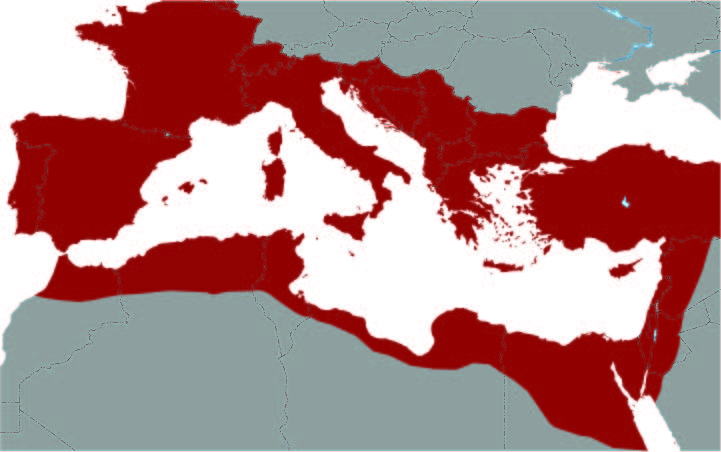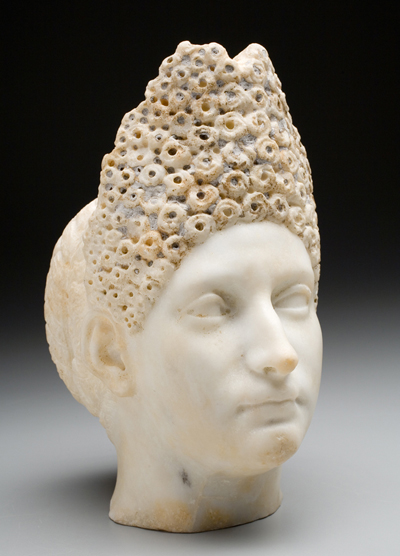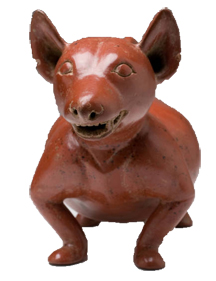

Roman Art (c. 500 BCE - 400 CE)
During the first century CE, a golden age for the women of Rome began. They were given considerable freedom compared to other ancient cultures. Women managed their households and children, and wealthier women accompanied their husbands to social events. Hairstyles and adornments were not just fashion statements, they also conveyed social and political messages, which revealed status.
This bust of an upper class woman shows delicate curls arranged in a complicated hairstyle, which was popular at the time. Hairstyles became so elaborate during this time that ancient writers ridiculed Roman women who spent hours with their hairdressers trying to get the desired hairstyle. Some scholars also believe that some women wore wigs to achieve the desired effect.
Imagine how much time a hairstyle like this would have taken to arrange. How do we style our hair and adorn ourselves differently today?
Unidentified Maker, Roman
11 inches H
Gift of the George and Frances Ball Foundation
1937.501.001
356-323 BCE Alexander the Great of Greece lives.
44 BCE Julius Caesar assassinated in Rome.
30 CE The death of Jesus and emergence of Christianity.
79 CE Pompeii and Herculaneum are destroyed in Italy by Mt. Vesuvius' eruption.




